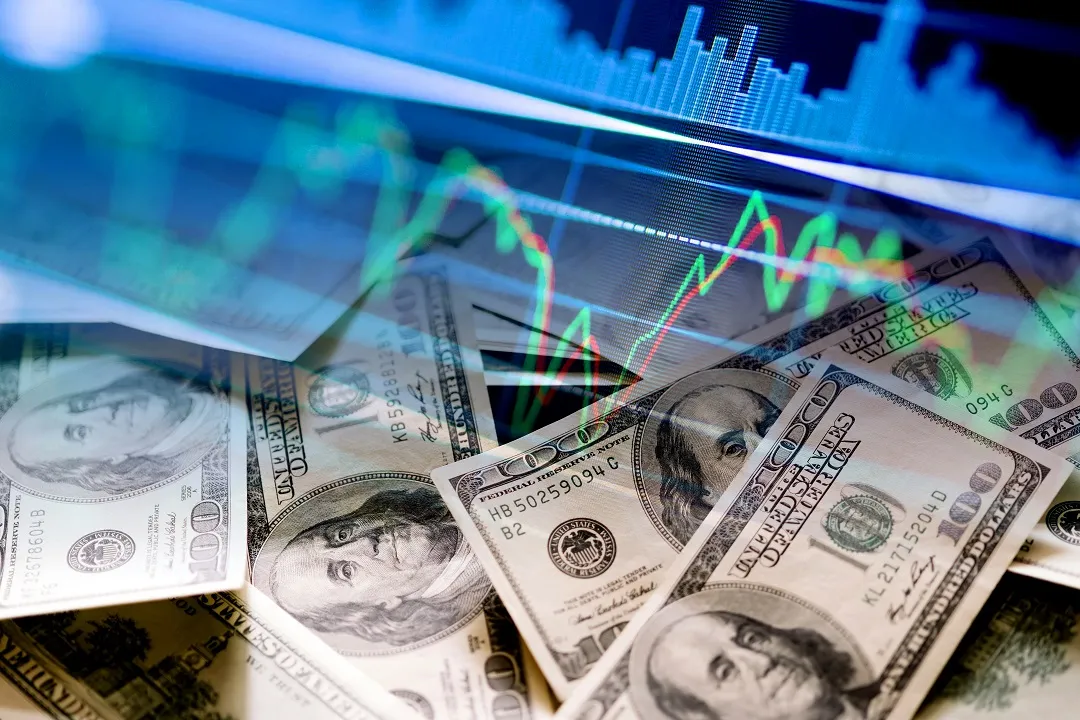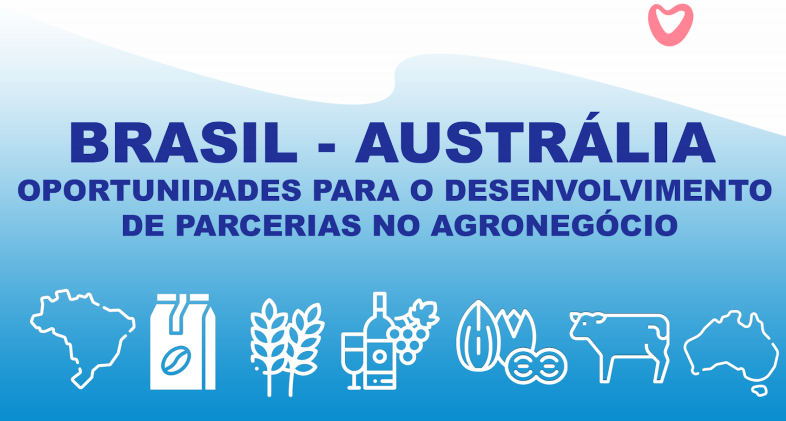“If Copom does not increase the rate, inflationary pressure could intensify due to the devaluation of the real and the increase in the prices of imported products.”
“Given the current scenario of a recurrent increase in the dollar, it is likely that COPOM will consider increasing the SELIC rate to contain the inflationary pressure caused by the devaluation of the real. In this context, the hardening of COPOM’s stance indicates an opening for this possibility. If the SELIC rate is not raised, but the dollar continues to rise, inflation may end up being instigated and this would significantly impact the purchasing power of Brazilians. If the SELIC rate is raised again, the government will probably criticize the increase, arguing that the measure harms economic growth and investment. There may be political pressure on COPOM to reconsider future increases, in addition to possible compensatory measures to mitigate the negative effects on the real economy.”, Sidney Lima, CNPI Analyst at Ouro Preto Investimentos
“With the dollar reaching R$5.60, Copom may decide to increase the Selic rate at its next meeting to curb inflation, which could be pressured by rising import costs. This adjustment, however, could make credit more expensive and slow economic growth, something that worries both families and companies. If Copom decides to keep the Selic rate as it is, the country could face higher inflation and an unstable foreign exchange market.”, Felipe Vasconcellos, Partner at Equss Capital
“There is a possibility of an increase in the Selic rate at the next COPOM meeting. The Copom has recently toughened its stance, stating that it “remains vigilant” and that adjustments to the base rate may be necessary to ensure that inflation converges to the target. The depreciation of the exchange rate and the worsening of inflation expectations are pressuring the Central Bank to adopt a more aggressive stance. A new increase in the Selic rate could make credit more expensive, discouraging consumption and investment, which would help contain inflation. However, it could also slow economic growth and increase unemployment. If the Copom does not increase the rate, inflationary pressure could intensify due to the depreciation of the real and the increase in the prices of imported products. This could further undermine investor confidence and increase volatility in the financial market. The Lula government will probably criticize a new increase in the Selic rate, given that there have already been several expressions of discontent with the current interest rates. The administration may argue that higher rates hinder economic recovery and the fulfillment of social promises. However, the government’s stance towards the Central Bank may continue to negatively influence the market’s perception of the conduct of economic policy”, André Colares, CEO of Smart House Investments
“The recent movement of the dollar has generated considerable concern. A month ago, when the dollar began to rise, it was clear that the rise was related to noise in political speeches, and that as soon as these speeches ceased, the dollar would return to its comfort zone. Now, the concern is greater and uncertainty about the future of the dollar persists. This current external movement, driven by the “carry trade”, is not easily predictable and is significantly impacting the Brazilian economy. With the dollar surpassing R$5.60, the SELIC rate curve would need to reach 11% to compensate, reflecting the influence of international factors on the local economy. Although an increase in the SELIC from 10.5% to 11% does not drastically change the cost of credit for individual borrowers, the real impact is on investor perception and industry confidence. Rising interest rates can increase inflation and discourage new investments, generating a deeper psychological effect. While individuals can take advantage of the stability of pre-fixed rates, such as in vehicle financing, for companies and large investors, the fear of rising interest rates can inhibit investment decisions and cause economic uncertainty. Thus, the effect is more psychological and worrying than a mere 0.5% adjustment.” Volnei Eyng, CEO of asset management firm Multiplike
“With the dollar reaching R$5.60, expectations are growing for a possible increase in the SELIC rate at the next COPOM meeting. The committee has been toughening its stance recently, signaling a possible hike to control inflation and stabilize the currency. The appreciation of the dollar puts pressure on inflation, since many goods and inputs are imported, raising domestic prices and forcing the Central Bank to consider raising the SELIC rate. If the interest rate is raised, this could help control inflation by making credit more expensive, reducing consumption and investment, in addition to attracting foreign capital and appreciating the real. However, a higher SELIC rate could also slow economic growth and make it harder for companies and consumers to finance investments. On the other hand, if COPOM chooses not to raise the rate, inflation could continue to rise, harming purchasing power and increasing the cost of living, in addition to putting further pressure on the real and making the dollar more expensive. However, keeping the SELIC rate stable could stimulate economic growth in the short term, keeping credit accessible and encouraging consumption and investment, including in the real estate sector. The Lula government’s reaction to a possible increase in the SELIC rate should be watched carefully, however, the government may recognize the need to control inflation to ensure long-term economic stability.”, Alex Andrade, CEO of Swiss Capital Invest
“With the dollar hitting R$5.60, inflationary pressure is increasing, and COPOM may be forced to consider raising the SELIC rate at its next meeting. Although the recent statement was more hawkish, it did not explicitly signal an imminent hike. However, given the fiscal risks and the depreciation of the real, an increase in the SELIC rate could be a preventive measure to contain inflation and stabilize the currency. If COPOM decides to increase the SELIC rate, this could lead to a slowdown in economic activity due to the increase in the cost of credit. On the other hand, if the rate is not increased, inflation could get out of control, further damaging household purchasing power and the competitiveness of companies. The Lula government, concerned about economic growth and the social impact of high interest rates, will probably criticize a new increase, but may be forced to implement stricter fiscal measures to contain the deficit and try to maintain economic stability.”, Fábio Murad, partner at Ipê Reviews



